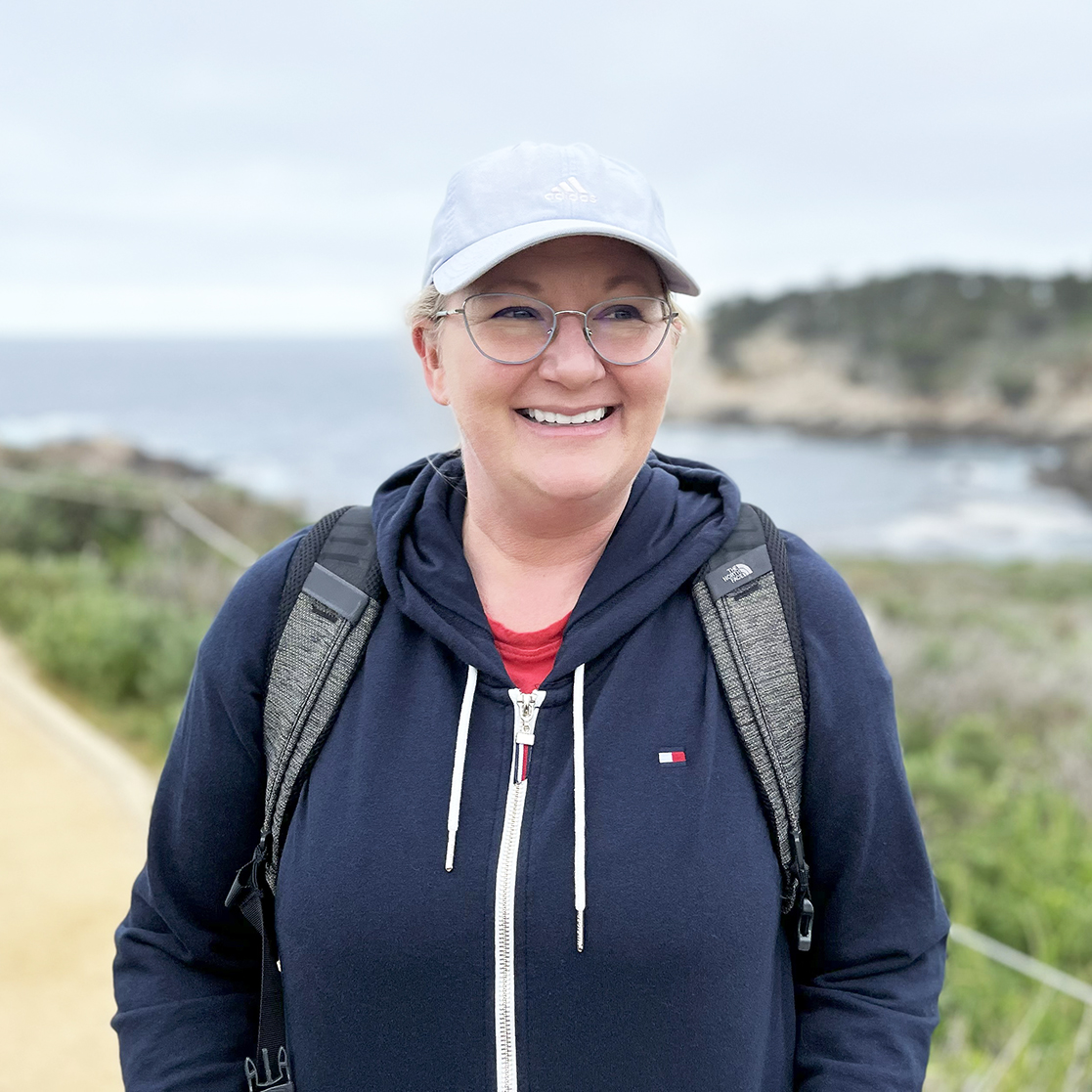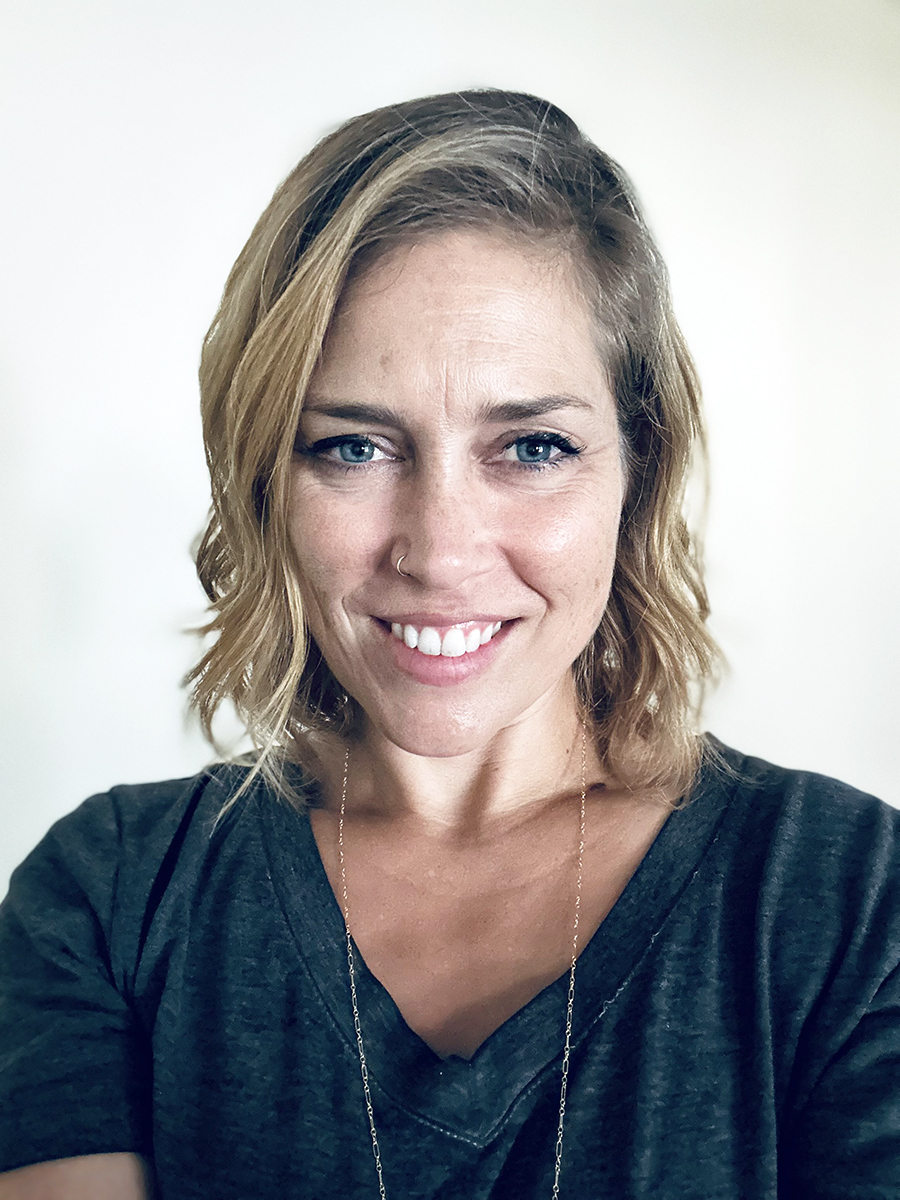Articles
Articles and stories on timely topics and trends across a variety of industries.
Leading with Clarity When the Ground Won’t Stop Shifting
Strategic business communication to protect your brand and lead your people.
Strategic Communication for Leaders


The Art of Legal Precision: Why Lawyers Need to Learn to Edit
Shape narrative and craft arguments that are both engaging and tightly reasoned while using core editing and AI skills.
Read time – 4 minutes

Leading with Clarity When the Ground Won’t Stop Shifting
Strategic business communication to protect your brand and lead your people.
Read time – 5 minutes

Clear Words, Better Care
How CME credits for communication skills are expanding what it means to practice medicine.
Read time – 4 minutes

Expanding Expertise: From Lab Bench to Freelance Success
Nicole Cotroneo, Medical Writing and Editing and Regulatory Writing certificates
Read time – 5 minutes

Decoding Regulation: Clarity Across the Compliance Landscape
Leah Carter, Regulatory Writing instructor
Read time – 4 minutes

Don’t Leave Money on the Table: Funding Your Professional Growth
Discover how to secure financial support for training, certifications, and education that can advance your career.
Read time – 7 minutes

Making Meaningful Work a Profitable Business
Allie Boman, Editing certificate
Read time – 4 minutes

When Expertise Isn’t Enough
How professionals are rewriting their stories through medical communications
Read time – 6 minutes

The Science of Translation: How Medical Communicators Are Reshaping Healthcare
Writers have to synthesize increasingly complex material for a range of audiences by acting as bridges between scientific innovation and public understanding.
Read time – 7 minutes

The Essential Role of Specialized Executive Education in Today’s C-Suite
Gaining diverse skills that span multiple functions requires training programs designed to quickly adapt to the evolving demands of the C-Suite.
Read time – 6 minutes